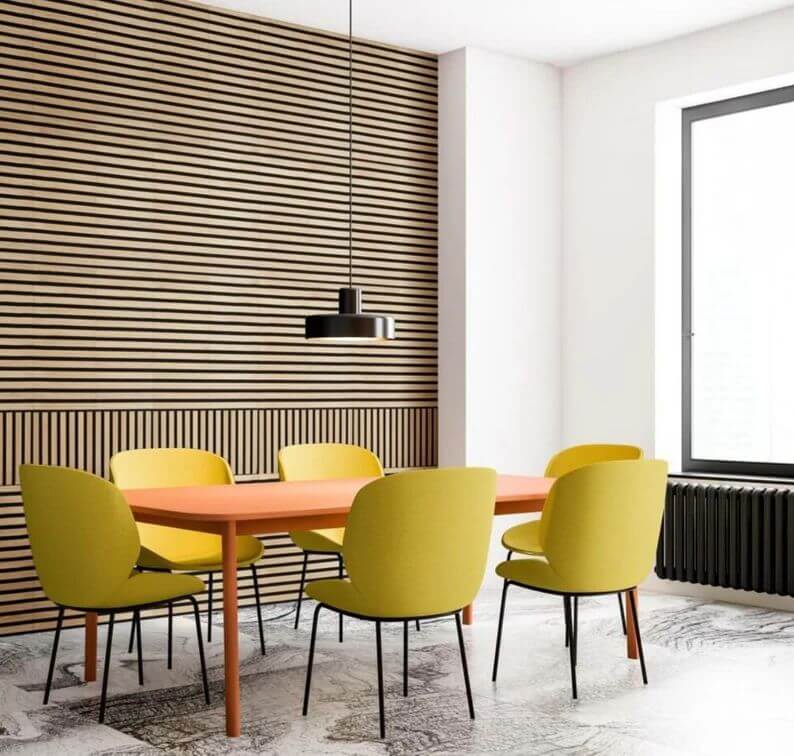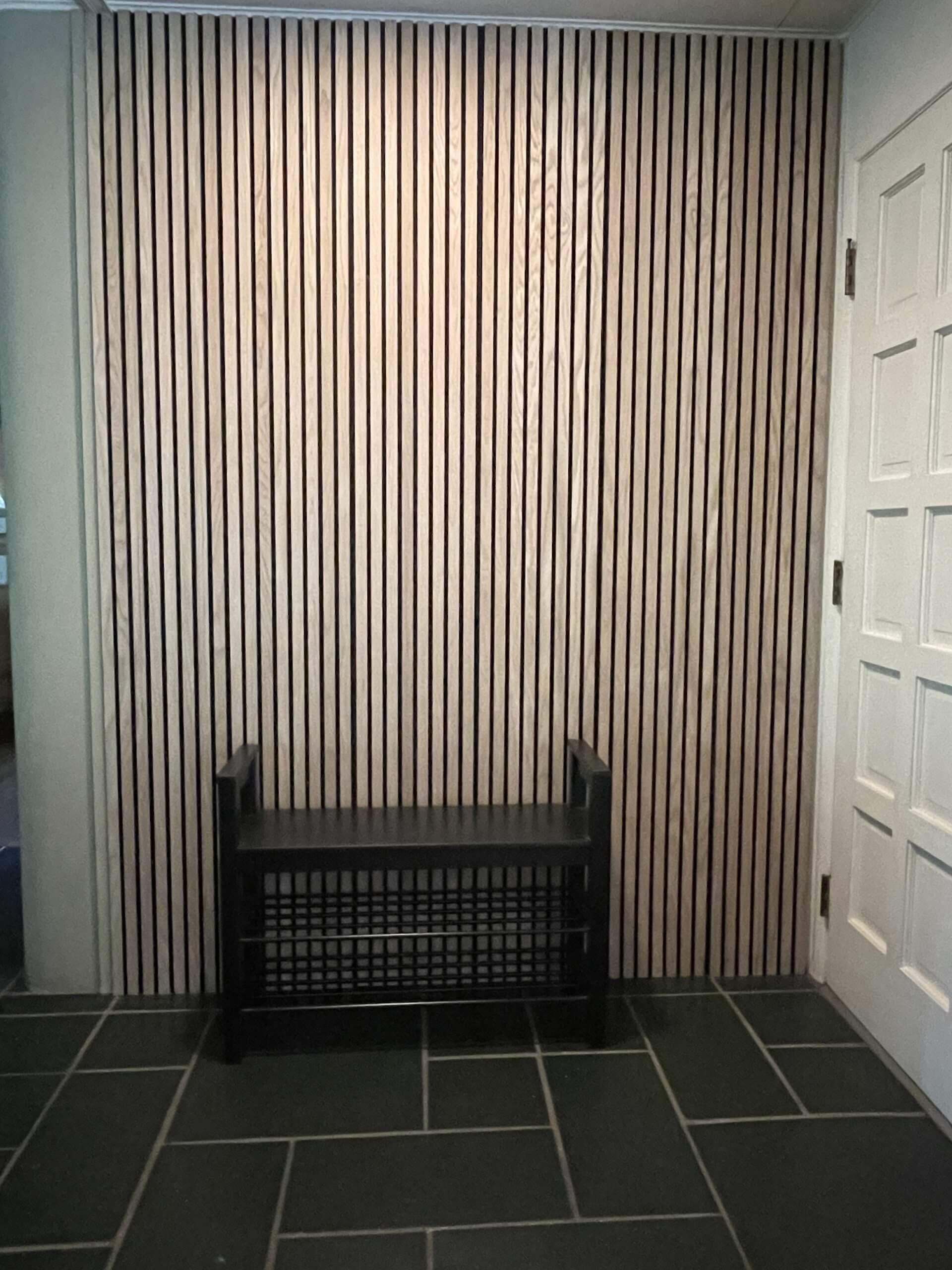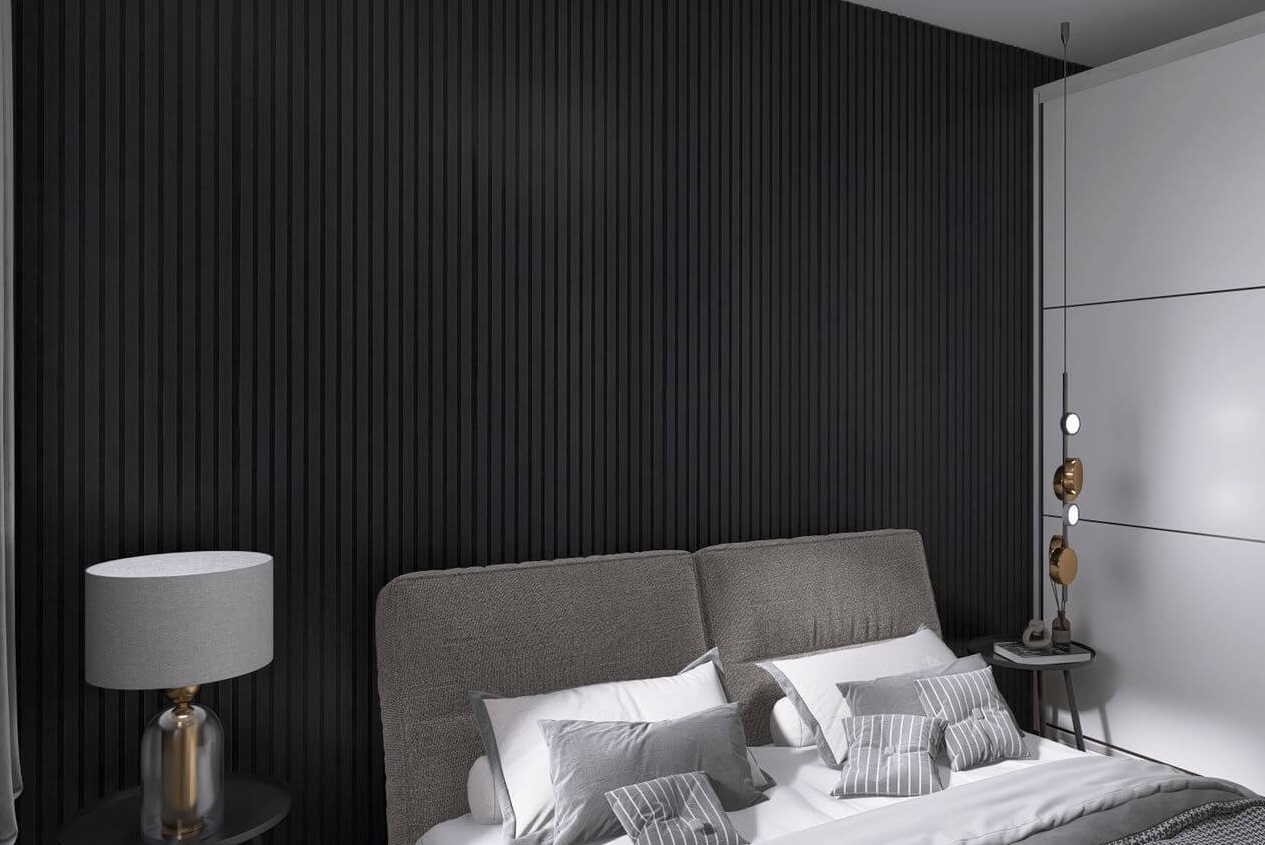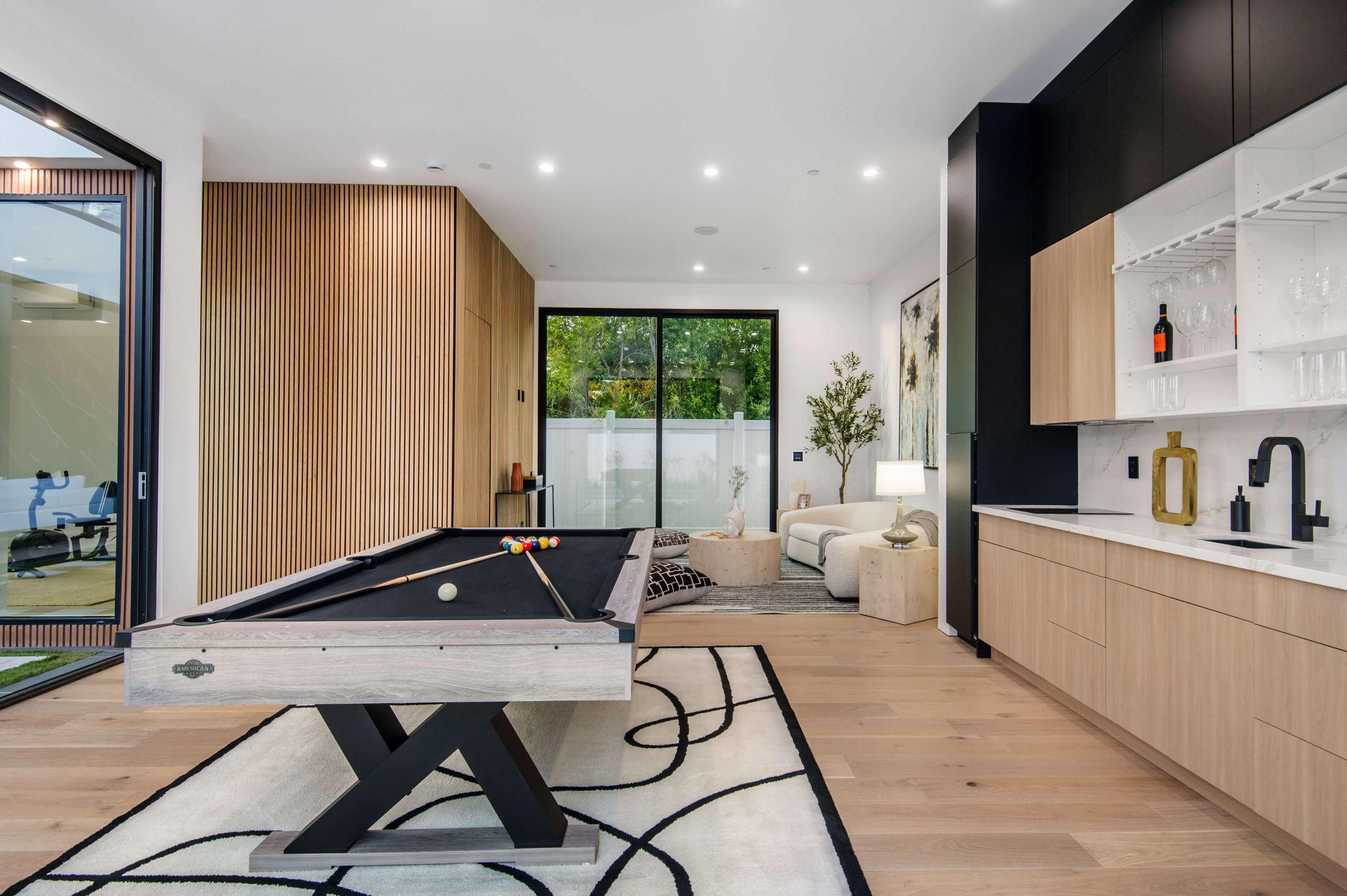When we choose materials for our walls, we want something that looks good, stays strong, and doesn’t wear out too fast. One question we get a lot is: how long do interior PVC wall panels really last? The answer might surprise you—and it might just help you decide if they’re the right fit for your home or business.
Interior PVC wall panels are built to last. But that doesn’t mean they last forever. Their lifespan depends on how they’re used, how well they’re installed, and how much wear and tear they go through. The good news? With the right care, they can stick around for a very long time.
Let’s dive into what makes them durable, how to make them last even longer, and what signs to watch for when they’re nearing the end of their life.
Why Interior PVC Wall Panels Are Built to Last
Interior PVC wall panels are made from polyvinyl chloride, which is a strong plastic material. It doesn’t soak up moisture, doesn’t warp in humidity, and won’t crack or peel like paint or drywall can. That makes them a great choice for high-humidity places like bathrooms, laundry rooms, or even kitchens.
They hold up well because:
- They’re water-resistant, so there’s no damage from steam or spills.
- They don’t attract mold or mildew, which can happen with wood or wallpaper.
- They’re easy to clean with just a soft cloth and some mild soap.
- They don’t need to be painted or treated over time like wood panels do.
In general, interior PVC wall panels can last anywhere from 20 to 30 years when properly cared for. That’s a lot of value for something that also looks stylish and modern.
What Affects the Lifespan of Interior PVC Wall Panels
While interior PVC wall panels are tough, a few things can affect how long they actually last:
- Installation quality – If they’re not fitted properly, gaps can appear and moisture might sneak in.
- Daily use – Panels in high-traffic areas might get scratched or dinged more often.
- Sunlight exposure – Too much direct sunlight can fade the color over time.
- Cleaning methods – Harsh chemicals can damage the surface or dull the finish.
To get the most out of your interior PVC wall panels, it helps to:
- Hire a professional installer who knows how to seal and place them well.
- Use gentle cleaners and soft cloths when wiping them down.
- Place them in areas where there’s low to moderate direct sunlight.
Where Interior PVC Wall Panels Work Best
Because they’re so versatile, interior PVC wall panels can be used almost anywhere indoors. They shine the most in places where moisture and mess are common.
Popular places include:
- Bathrooms
- Laundry rooms
- Kitchens
- Basements
- Garages
- Commercial kitchens or restrooms
Their sleek design and easy upkeep make them a favorite for both homeowners and business owners. Whether you’re remodeling a powder room or finishing a basement, they provide a clean, modern look with very little fuss.
Want to explore more stylish and water-resistant paneling options for your space? Check out these top-quality wall panels that add both beauty and long-term value to any room.
Common Types of Interior PVC Wall Panels
Not all panels are the same. They come in different styles, sizes, and textures. Picking the right type can also help boost how long they last in your space.
Here are some common types:
1. Hollow PVC Panels
- Lightweight and easy to install
- Best for ceilings and walls in dry to moderately humid areas
2. Solid PVC Panels
- Thicker and more durable
- Ideal for kitchens, bathrooms, and areas that need tougher surfaces
3. Textured or Printed Panels
- Designed to mimic wood, stone, or tile
- Great for adding a decorative touch without the maintenance
4. Glossy Finish Panels
- Reflect light and add brightness to smaller spaces
- May show scratches more easily, so best used in lower-touch areas
When choosing panels, look for types that match your room’s needs. Solid panels are better for busy or wet areas. Hollow ones are great for fast installations in drier spaces.
For inspiration on mixing and matching materials, check out this creative guide on flexible plywood and how it pairs with other interior panel designs.
Signs It’s Time to Replace Interior PVC Wall Panels
Even the best panels won’t last forever. But how can you tell when it’s time to replace them?
Watch for:
- Cracks or deep scratches that don’t clean up
- Loose panels or visible gaps in corners
- Color fading from sun exposure
- Water stains, especially near seams or baseboards
- Peeling edges or curling corners
If you spot one or more of these signs, it might be time to upgrade. The good news is, swapping out interior PVC wall panels is usually quick and affordable.
Tips to Help Interior PVC Wall Panels Last Longer
A little care goes a long way. Here’s how to make your interior PVC wall panels stay in great shape for years to come:
- Wipe spills quickly – Don’t let water sit on the surface too long.
- Use a damp cloth, not a soaked sponge, for cleaning.
- Avoid strong cleaners – Stick to mild soap and water.
- Keep sharp objects away to prevent surface dents.
- Add curtains or blinds in rooms with a lot of sunlight.
If you follow these simple steps, your panels will not only last longer but also keep looking like new.
And if you’re searching for reliable wall panel solutions for your next project, explore this trusted paneling resource with plenty of options and expert advice.
How to Know If Interior PVC Wall Panels Are Right for You
Before you jump into buying, think about your lifestyle and space needs. Interior PVC wall panels are great if:
- You want something easy to clean and maintain
- You live in a humid area or have high-moisture rooms
- You need a quick, stylish upgrade without the heavy cost of tiles
- You want something that can last 20+ years without much upkeep
But if you’re looking for natural materials or want a woodsy look, you might want to mix and match. Luckily, there are PVC panels designed to look like wood or stone, giving you the best of both worlds.
Final Thoughts
Interior PVC wall panels give you a mix of style, strength, and savings. With proper care, they can last for decades without fading, warping, or cracking. They’re a smart, low-maintenance choice for many homes and businesses.
Whether you’re upgrading a bathroom or building out a new workspace, these panels can handle the job—while still looking sharp.
So if you’re thinking about a fresh, clean, and long-lasting wall solution, interior PVC wall panels might just be the perfect pick.
FAQs
1. How long will interior PVC wall panels actually last in my home?
With proper care and installation, interior PVC wall panels can last between 20 to 30 years. They’re built to resist moisture, mold, and everyday wear, making them a reliable long-term choice for most rooms in your home.
2. Can I install interior PVC wall panels myself, or should I hire a professional?
You can install them yourself if you’re comfortable with DIY projects, but for the best results and a longer lifespan, we recommend hiring a professional. Proper sealing and fitting make a big difference in how well they perform over time.
3. Are interior PVC wall panels safe for bathrooms and kitchens?
Yes! These panels are water-resistant and mold-resistant, which makes them ideal for high-moisture areas like bathrooms, kitchens, and even laundry rooms. They’re easy to wipe clean and won’t warp like wood or peel like paint.
4. What should I do if my panels start to look dull or scratched?
Use a soft cloth and mild soap to gently clean the surface. Avoid harsh chemicals or abrasive tools. For deeper scratches, you may need to replace the damaged panel, which is usually a quick fix due to their modular design.
5. Can I mix interior PVC wall panels with other materials like wood or tile?
Absolutely! Many people mix PVC panels with wood or flexible plywood for a unique, custom look. You can explore creative design ideas like this in our guide on flexible plywood combinations for added inspiration.








